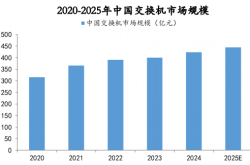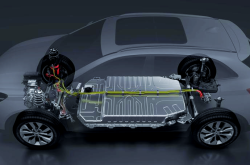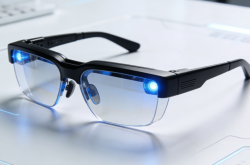Japan's "Resurgence" in Autonomous Driving: Rivaling the U.S.? Is a Third Contender Emerging in the Autonomous Driving Race Dominated by China and the U.S.?
![]() 09/05 2025
09/05 2025
![]() 471
471
Introduction
According to Nikkei Chinese, a notable development unfolded at the World Congress on Intelligent Transportation Systems in Atlanta, Georgia, USA, at the end of August 2025:
Chinese exhibitors were notably absent, while Japanese firms were exceptionally active. Giants like Toyota, Honda, Denso, Panasonic, and Aisin all showcased their autonomous driving technologies, as if they had transformed into cutting-edge self-driving tech companies overnight.
The underlying cause is intriguing: The Trump administration's exclusion of Chinese autonomous driving technology inadvertently created an opening for Japanese companies in the U.S. market. Goldman Sachs forecasts that the U.S. autonomous driving market will expand twentyfold by 2030, reaching a scale of $7.3 billion.
Suddenly, a third player has emerged in this race previously dominated by China and the U.S.
Let's delve into this topic with everyone at Self-Driving Car Insights!
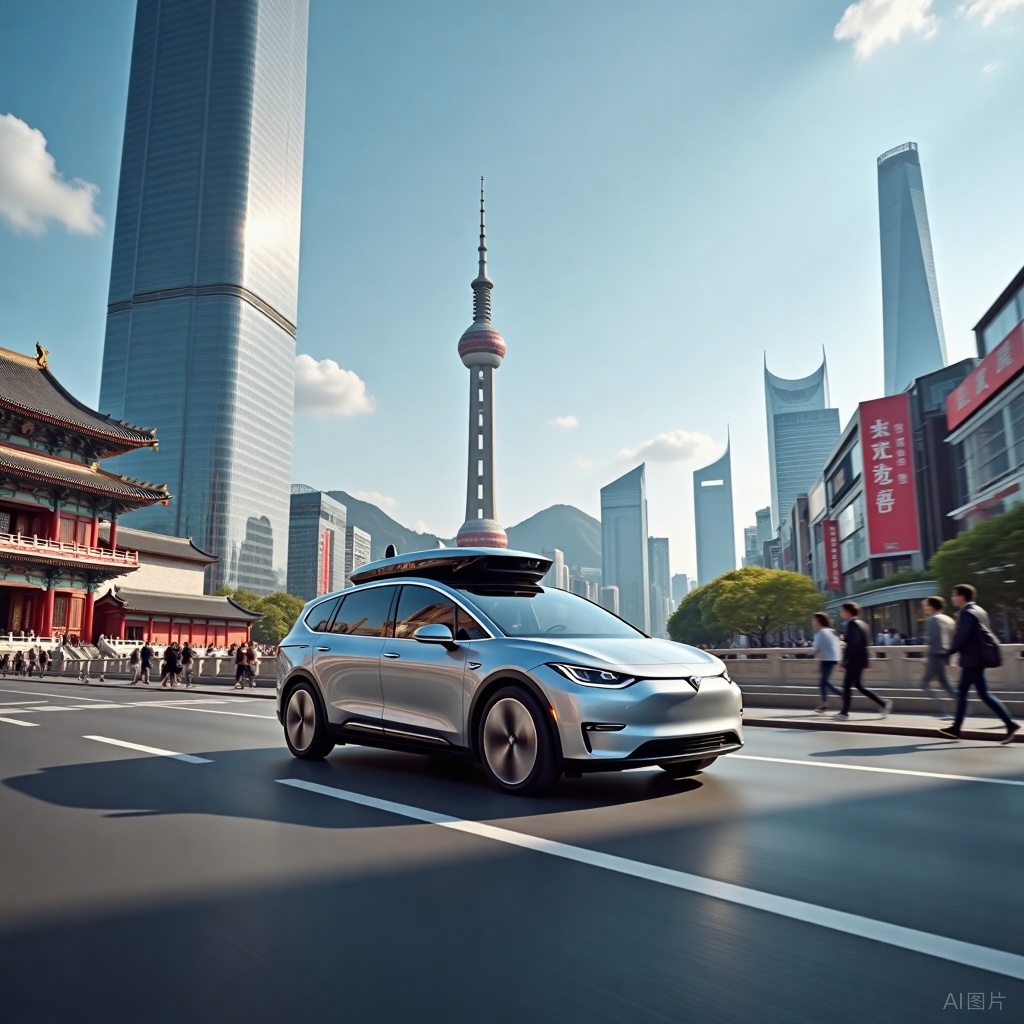
I. The "Unexpected Windfall" Amid the Trade War: Japanese Companies' "American Dream" Takes Flight
The trade war initiated by Trump is akin to a stone thrown into a tranquil lake, causing ripples across the global trade market.
The U.S. exclusion and blockade of Chinese technologies and companies have made scientific and technological exchanges between China and the U.S. increasingly challenging. However, for Japanese companies, this has become an "unexpected windfall."
Take the 31st World Congress on Intelligent Transportation Systems, held on August 28, 2025, in Atlanta, Georgia, in the southern U.S., as an example. This congress resembled a "martial arts tournament" in the autonomous driving arena, where experts from various sectors gathered to display their unique skills.
In the past, Chinese companies were the "perennial champions" at this congress, attracting numerous eyes with their advanced technologies and diverse product offerings.
But this time, due to the trade war's impact, a significant number of Chinese companies were absent, providing Japanese firms with an excellent platform to showcase themselves.
Major Japanese companies like Toyota, Honda, DENSO, Panasonic, AISIN, and FORUM8 all established independent booths at the exhibition, creating a scene reminiscent of a Japanese technological extravaganza.
Toyota even unveiled its "secret weapon" – the autonomously developed software platform "Arene" to be installed on its SUV, the RAV4, set to launch this year.
This platform is no ordinary one; it functions like an intelligent brain, capable of controlling vehicle safety functions and performance related to driving through software. It also incorporates technologies such as AI agents and V2X (Vehicle-to-Everything) communication.
In the future, passengers in the car will simply need to tap lightly, and the vehicle will automatically plan routes and avoid obstacles, embodying the ideal model for future travel!
II. From "Going Solo" to "Forming Alliances": Japanese Companies' New Collaboration Strategy
Previously, Toyota was quite "self-reliant" in the field of autonomous driving technology, preferring to develop technologies in-house and believing in its own capabilities without relying on others.
But reality dealt it a harsh blow.
With the rapid advancement of AI technology, competition in the autonomous driving field has become increasingly fierce. Toyota gradually realized that no matter how powerful it was, it couldn't master all technologies on its own.
Thus, Toyota began to shift its mindset and actively sought collaborations with other companies.
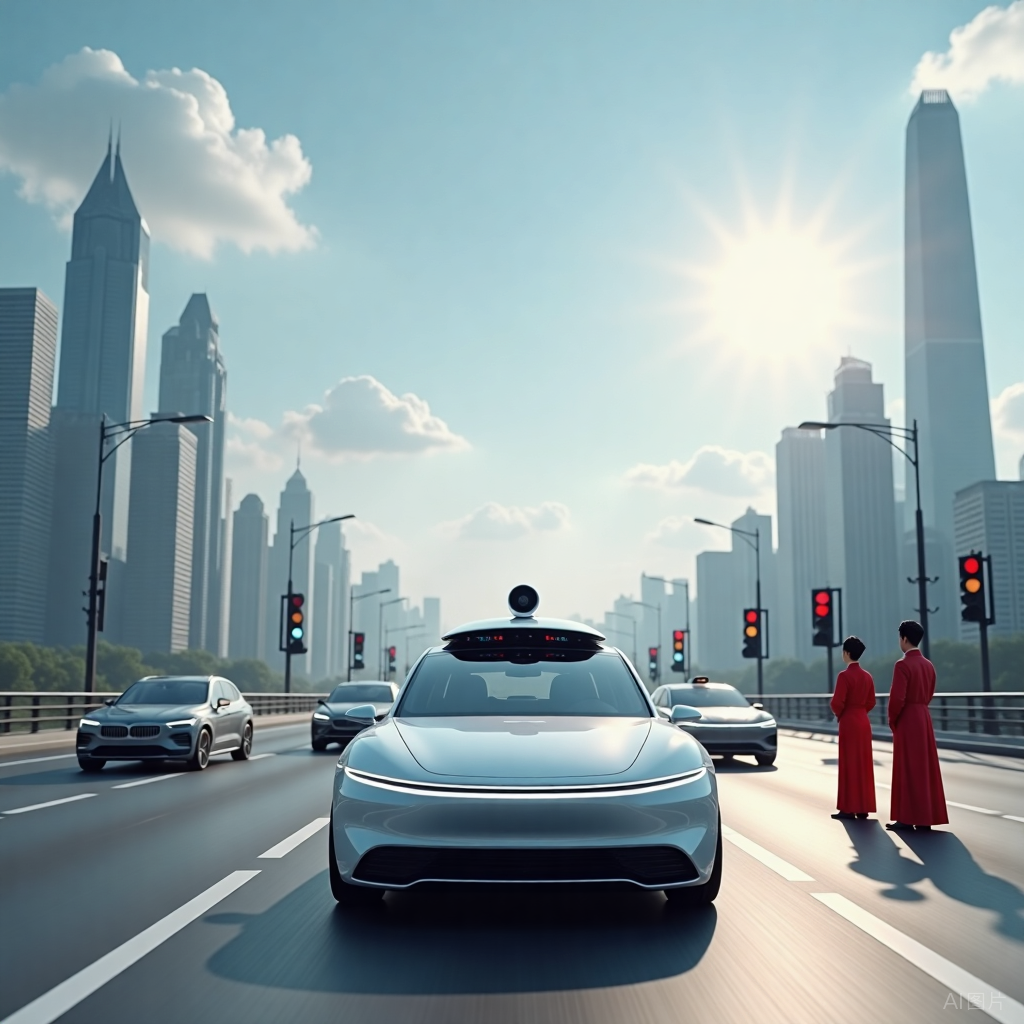
In January of this year, Toyota announced the procurement of the latest semiconductors suitable for autonomous driving development from NVIDIA.
NVIDIA is a renowned leader in the semiconductor field, with powerful chip performance capable of providing robust computational support for autonomous driving.
With NVIDIA's chips, Toyota's autonomous driving technology has been given wings to soar higher and farther.
In April, Toyota reached a basic cooperation agreement with Waymo, an autonomous driving company under Alphabet in the U.S.
Waymo is the "pacesetter" in the autonomous driving field. Since launching its autonomous driving project in 2009, it has been leading the global self-driving race, with extensive experience and mature technology in autonomous taxi services.
The two sides will jointly develop a vehicle platform for ride-hailing services, introducing Toyota vehicles into Waymo's autonomous taxi services.
This is akin to two martial arts masters joining forces to conquer the world, promising to stir up a storm in the autonomous taxi market in the future!
III. The "Glamorous Transformation" of Japanese Suppliers: A Leap from Hardware to Software
Besides automakers, Japanese parts suppliers have also started to change their strategies and actively seek new development opportunities.
In the past, the relationship between Japanese suppliers and automakers was akin to that of "Siamese twins," highly intertwined.
Automakers would propose technical requirements, and suppliers would develop and produce according to those requirements. This model might have worked in the traditional automotive era, but in the autonomous driving era, it seems somewhat inadequate.
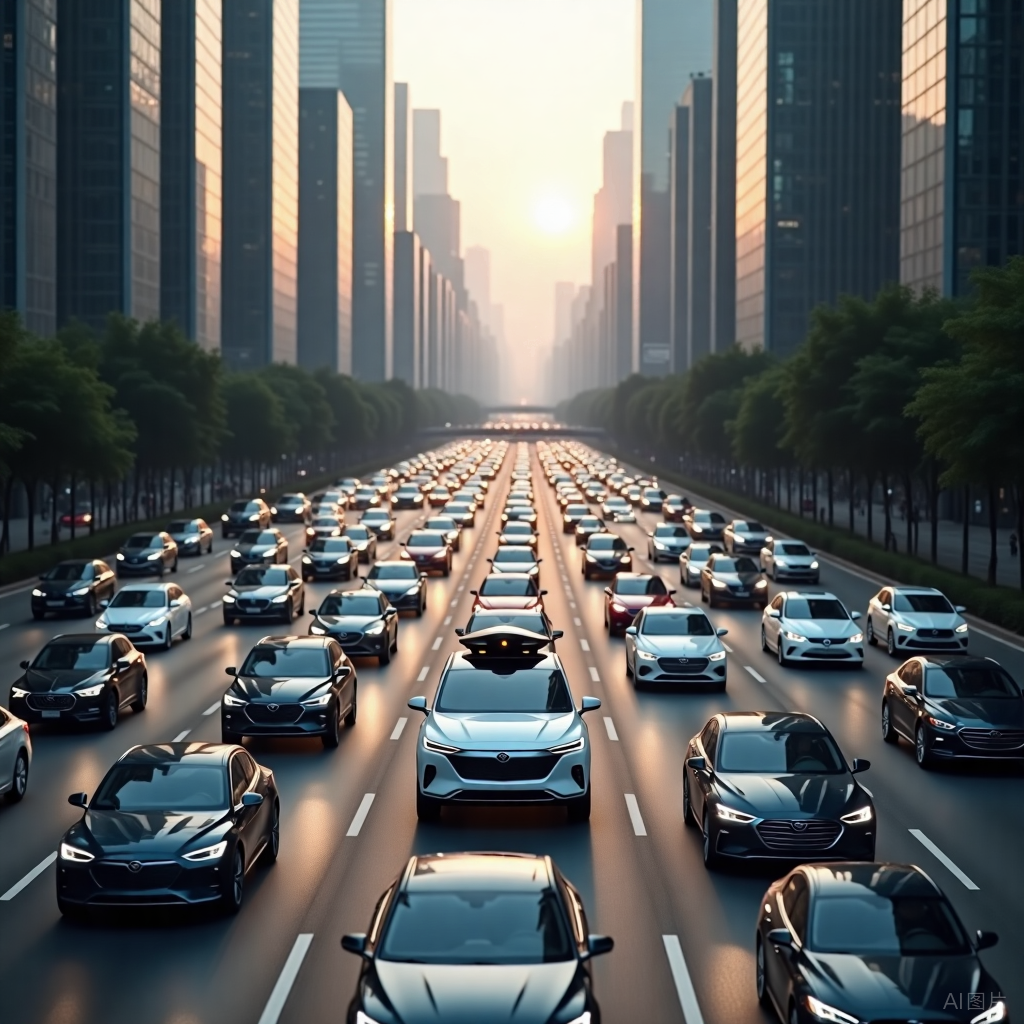
Due to the lag of Toyota and other automakers in AI, software, autonomous driving, and other fields, their suppliers have also fallen behind the regulatory environments of various countries.
Take Panasonic, for example. Previously, it mainly developed software based on complete vehicles or in-vehicle hardware. This development method was not only inefficient but also difficult to meet the rapidly evolving needs of autonomous driving technology.
However, Panasonic has also recognized its shortcomings and begun to actively seek changes.
In 2023, Panasonic Automotive Systems collaborated with Amazon Web Services (AWS) in the U.S., transitioning from developing software based on complete vehicles or in-vehicle hardware to developing software on cloud platforms.
The cloud platform is like a vast "repository of wisdom," storing massive amounts of data and advanced algorithms. By developing software on the cloud platform, Panasonic can fully utilize these resources, significantly enhancing research and development efficiency.
This is akin to upgrading from a handicraft workshop to a modern factory, producing products that are naturally of higher quality and more efficient.
IV. The "Alluring Temptation" of the U.S. Market: Vast Market Potential and Opportunities
The U.S. market is like a huge "cake" full of temptations for Japanese companies.
According to Goldman Sachs Research, the North American autonomous driving market is expected to grow twentyfold by 2030 compared to 2025, reaching approximately $7.3 billion, with 8% of the ride-hailing market adopting autonomous vehicles.
The future U.S. streets, filled with autonomous vehicles, will present a spectacular sight.
Moreover, due to the high dependence of autonomous driving and other technologies on user data and environmental data, the strengthening of data restrictions between countries is also affecting the development speed of technologies in various countries.
Experts state that under increasingly strict data regulations, "not taking data out of the region and conducting development in data-concentrated regions will become a basic requirement."
As a technological powerhouse, the U.S. possesses abundant data resources and a well-established technological infrastructure, which is undoubtedly a huge advantage for Japanese companies.
Japanese companies can concentrate on data development and technological research in the U.S., temporarily not worrying about the risks associated with cross-border data transmission.
V. The Sino-U.S.-Japan Triangular Game: A New Landscape in Autonomous Driving
The entry of Japanese companies is transforming the Sino-U.S. duel in the autonomous driving field, forming a more complex triangular game.
Technologically: The U.S. leads in algorithms and chips, China excels in applications and data, while Japan has an advantage in traditional automotive manufacturing.
Market-wise: China has the largest market size and the richest application scenarios; the U.S. market has relaxed regulations and vast development space; the Japanese market is relatively closed but has high technical standards.
Policy-wise: China adopts a government-guided, market-driven model; the U.S. emphasizes corporate autonomous innovation; Japan has begun to learn from China's experience and strengthen government guidance.
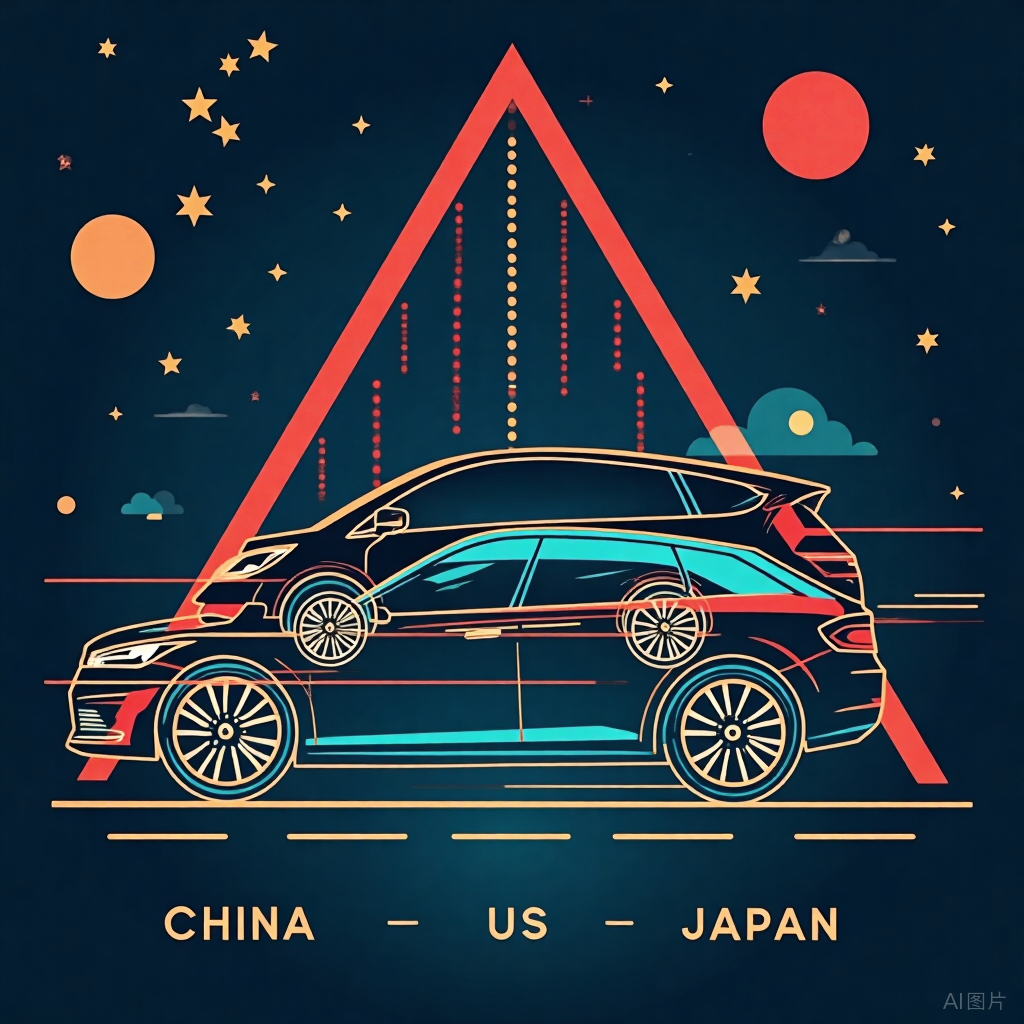
Under this triangular landscape, Japanese companies have chosen the U.S. market but are secretly learning from China's experience, forming a subtle technology transfer path.
Will this relationship be a stable triangle or a fierce "Three Kingdoms Showdown"? Time will tell.
VI. The Long Road Ahead: Challenges and Dilemmas Faced by Japanese Companies
Although Japanese companies see opportunities in the U.S. autonomous driving market, the road ahead is not without obstacles.
Currently, in the U.S. autonomous driving market dominated by AI development competition, U.S. local companies such as Waymo, Tesla, and General Motors' autonomous driving subsidiary Cruise are all engaged in large-scale technological competitions and market share grabs.
These companies are like fierce predators occupying most of the territory in the market.
Whether Japanese companies' technologies can quickly integrate into the U.S. market environment and be accepted by enterprises will become the first challenge.
Take Tesla, for example. It possesses a large amount of user data and advanced technological algorithms in the autonomous driving field, with its autonomous driving technology widely recognized by the market.
Japanese companies must come up with more advanced and reliable technologies and products to compete with Tesla; otherwise, it will be difficult for them to establish a foothold in the market.
Furthermore, Trump's trade war has also become a hidden danger for Japanese companies developing autonomous driving in the U.S.
Although the U.S. has not yet raised data regulation issues for Japanese companies, it remains a question whether the U.S. will continue to maintain an open attitude towards Japanese companies in the future after they initiate autonomous driving research and development and acquire relevant data in the U.S.
Once the U.S. imposes data regulations on Japanese companies, their research and development work will be severely affected, potentially leading to the waste of previous investments.
The Japanese automakers' journey to the U.S. may seem like a technological resurgence, but in reality, it is a desperate "detour for survival."
With Chinese autonomous driving technology being shut out of the U.S., Japanese companies have seized the opportunity to fill the market gap. However, they are not bringing original technologies but rather imitating and learning from China's technological routes.
In conclusion, Self-Driving Car Insights believes that:
This phenomenon reflects a harsh reality: Japan has fallen far behind in the autonomous driving marathon. Even with the opportunity window provided by geopolitical factors, it will be difficult for Japan to catch up with China and the U.S. in a short period.
However, the entry of Japanese companies has indeed made the competition in the autonomous driving field more exciting. The game among China, the U.S., and Japan may accelerate technological innovation and commercialization.
Ultimately, the entire industry and consumers will benefit. After all, no one wants to see autonomous driving technology monopolized by one or two countries; diverse competition is the best driving force for progress.
What do you think, dear?


